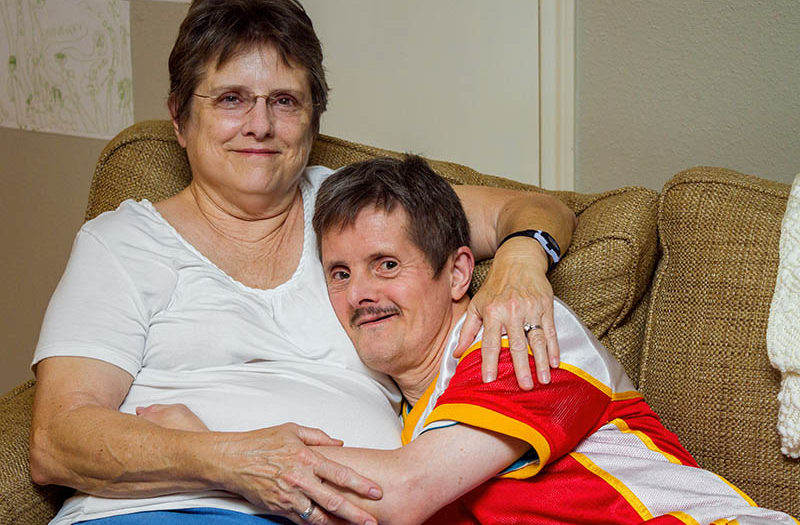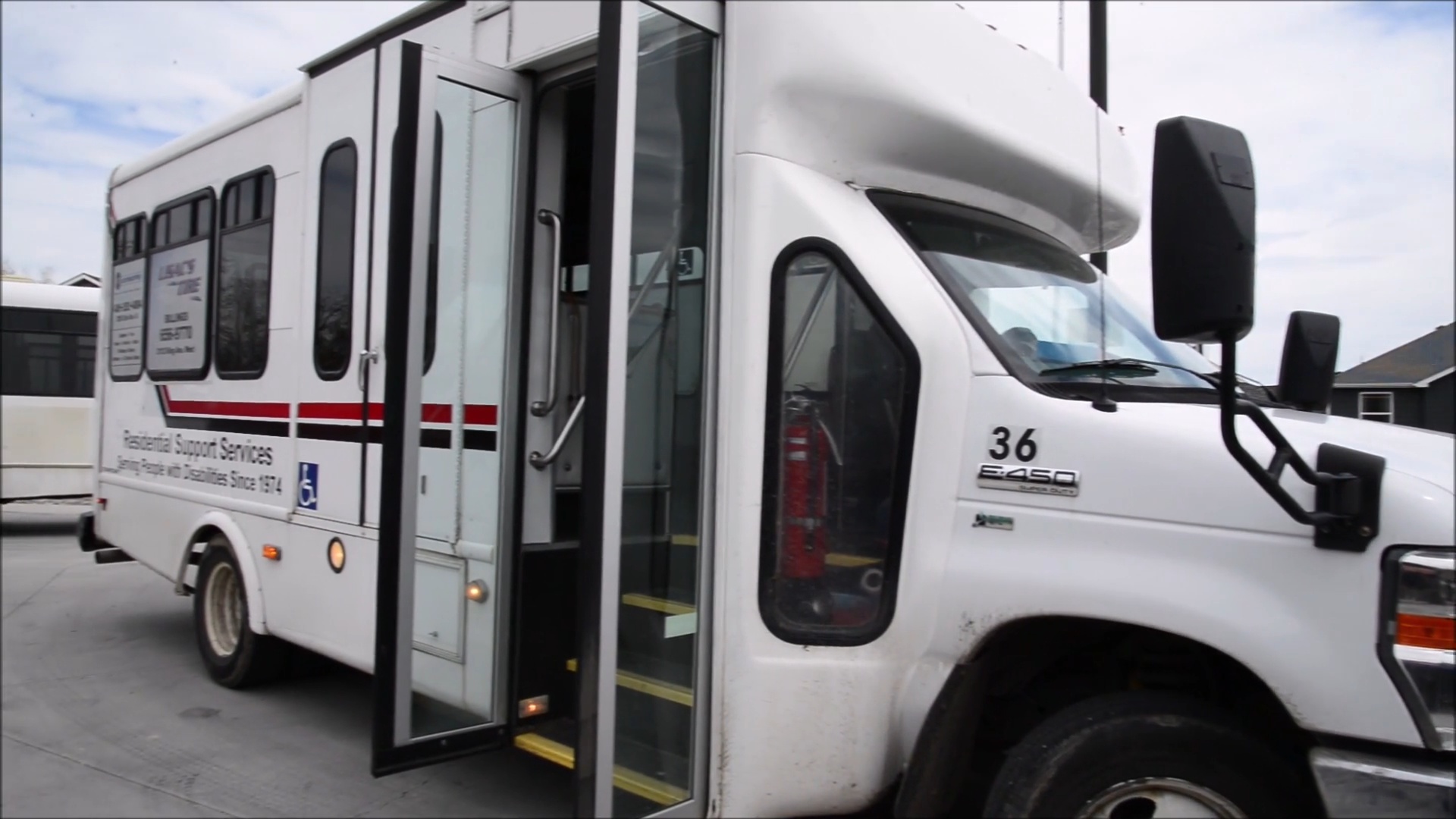Many Montanans qualify for Medicaid assisted living within the state of Montana.
There are certain requirements and guidelines that must be met, as while a large number of residents do qualify, not all with fit the criteria. Here are some basic things that you need to know about Medicaid assisted living in Montana:
- The applicant must not only be a resident of Montana, but must also be a United States citizen or have the proper immigration status.
- Applicants must either be 65 years of age or be blind or disabled. Certain medical requirements must be met and be consistent with the amount of care that is being requested. In most cases it is necessary that the applicant need medical care for at least 30 consecutive days.
- There are income limitations. If a person is single, then their entire income must be used to pay for monthly long-term care. This includes any wages, SSI payments, annuities, veteran’s benefits, pensions, social security payments, etc. If the applicant is married, the spouse is allowed to keep up to 50% of the total income.
- Asset Limitations. For the purpose of Medicaid, assets are divided into two categories: exempt and available. Exempt assets fall under certain categorizations and do not preclude a person from receiving care, nor will they result in a denial. However, if an asset is NOT listed under the exempt category, then it will need to be liquidated in order to be applied toward the costs of care for the individual. The state of Montana also has what is known as a ‘look back period’ of 5 years with a penalty for people who sell assets below market value or otherwise transfer assets to avoid having to use them to pay for long-term care expenses.
- Exempt assets for a Montanan applicant include: one car, one home, $2,000 or less in cash if single, pre-paid funeral plans up to $1500, life insurance policies for both spouses, personal effects and household goods, value of livestock, $6,000 of equity is exempt from income producing properties.
Additionally, there are some rules that affect spouses of those seeking assisted living through Medicaid. In these situations, a community spouse may retain non-exempt resources owned either by one or both spouses worth a minimum of $24,720 and a maximum of $123, 600. If the minimum is not met, then the long-term care spouse is able to transfer the resources until the minimum is met.
Community spouses are also entitled to impoverishment protection, which allows them to keep part of the assisted living spouse’s income, if the income is less than $2,030. The maximum monthly income that a community spouse may keep is $3,090.
There are a number of benefits that an assisted living person is able to receive. It is important to note that not all patients are eligible for every service. These services include:
- Adult Residential Living / Assisted Living (but only care costs, not room and board)
- Adult Day Health Care
- Habilitation Services
- Homemaker Services
- Home Modifications (to improve access and safety)
- Personal Assistance
- Personal Emergency Response Service (also called Medical Alert services)
- Private Duty Nursing
- Psychosocial Counseling
- Respite Care (to give the primary caregiver a break)
- Therapy (occupational, physical, speech)
- Specialized Medicaid Equipment / Supplies
- Transportation Assistance and Coordination

This program also allows for applicants to live at home, in an assisted living residence, or in an adult foster care home. Even some basic minor home modifications that allow a resident to decrease reliance on other people can be considered an allowable expense. Participants in this program also have the right to choose their own care providers, however, the care provider must be approved by the state of Montana.
In some cases, certain relatives of the applicant may be allowed as paid personal care attendants, however spouses generally do not qualify for this option. Most commonly, adult children of aging parents will qualify as paid care-givers, however these people must be qualified.
Residents throughout the state of Montana are eligible for assistance if they meet the above requirements and may apply at any time, regardless of county. However, HCBS waivers do have enrollment caps and as of this writing, a waiting list does exist. Priority is always given to those applicants who show the greatest need for services.
You can learn more or apply by visiting the state website or calling 800-219-7035.
Another method is to contact Mountain Pacific Quality Health (MPQH-Montana) at 800-219-7035 for a screening to determine if the applicant meets the level of care needed.
Families who exceed the limits for this program may still qualify for other Medicaid options and may employ a Medicaid planning professional to assist in finding other options.
Medicaid planners are individuals who are qualified to take on the complex, ever changing, rules that exist in each state for Medicaid. These planners can help clients structure their resources and prepare their documentation to ensure the best possibility of being accepted into the program. There are certain situations that may require the aid of a Medicaid planner:
- Instances where only one spouse requires care.
- Instances where both spouses require care.
- Healthy couples doing long term planning.
- Single people with no assets or income.
The cost of working with a Medicaid planner can vary to a great degree, but is generally much less than the cost of one month of care at a nursing home. The type of planner varies with the needs of the applicant, so the costs vary as well.









